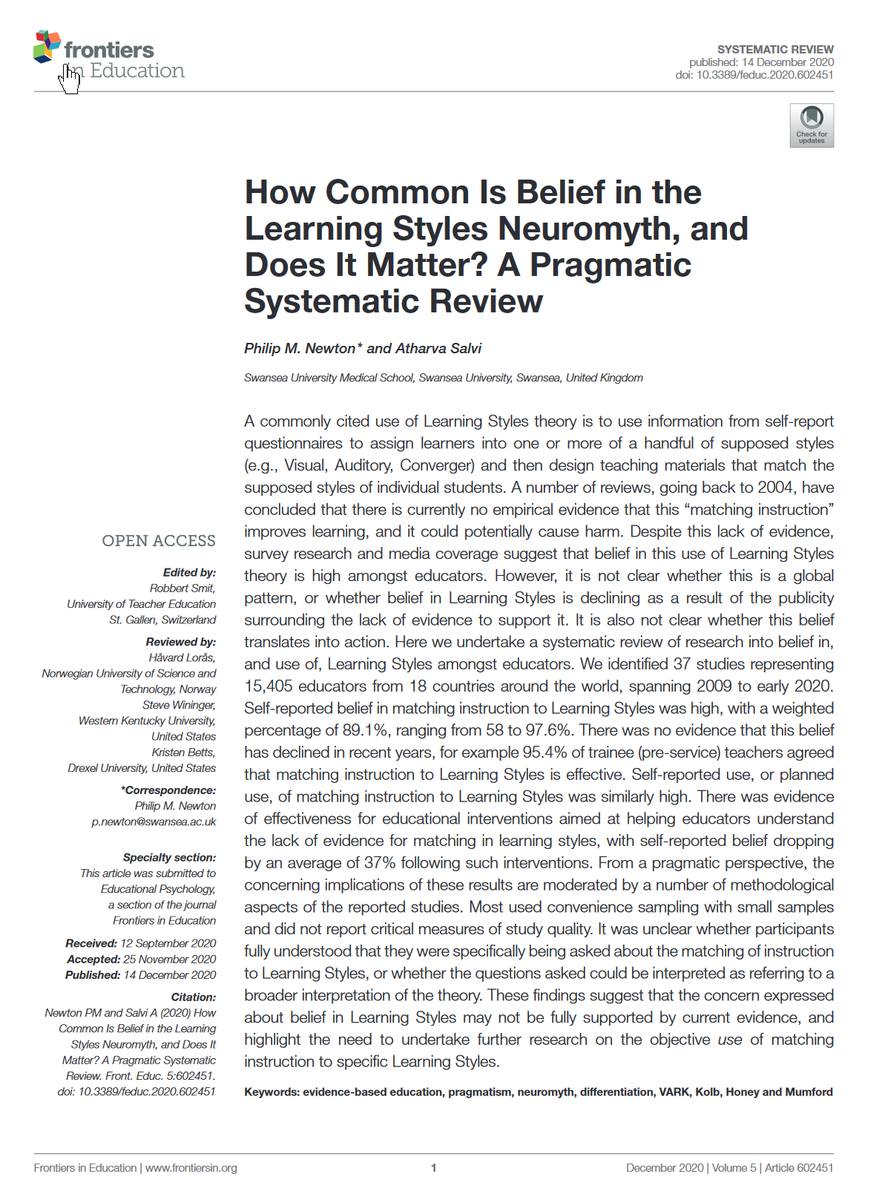
Conformity to wrong beliefs about norms can have big impacts. An example: 87% of Saudi men privately agreed that they supported women working, but 70% thought other men were less supportive. When the men learned the real support, 6 month employment among their wives went up 179%. 





And if you want to get an incorrect sense of norms, there is no better place to come to the wrong conclusion about what most real people believe than Twitter! (Except maybe TikTok or Facebook)
Here's the paper: home.uchicago.edu/bursztyn/Mispe…
Here's the paper: home.uchicago.edu/bursztyn/Mispe…
Don’t base your hot takes about shared beliefs based on Twitter 👇
There can be real impacts!
There can be real impacts!
https://twitter.com/emollick/status/1436046622014726150
Another example from this paper on startup networking. When men think they have an audience, they have a bias, but it vanishes in private: “making gender preference clear may offer a relatively costless first step toward minimizing the effects of audience-based gender biases.”
https://twitter.com/mabelabraham/status/1445432785293004802
• • •
Missing some Tweet in this thread? You can try to
force a refresh





























